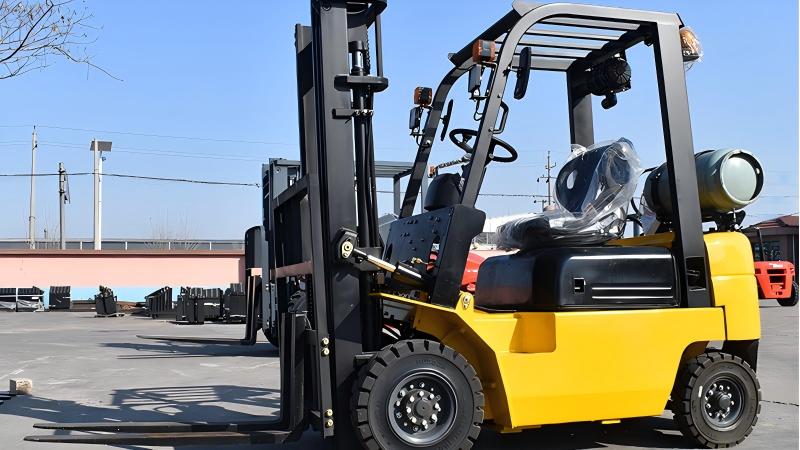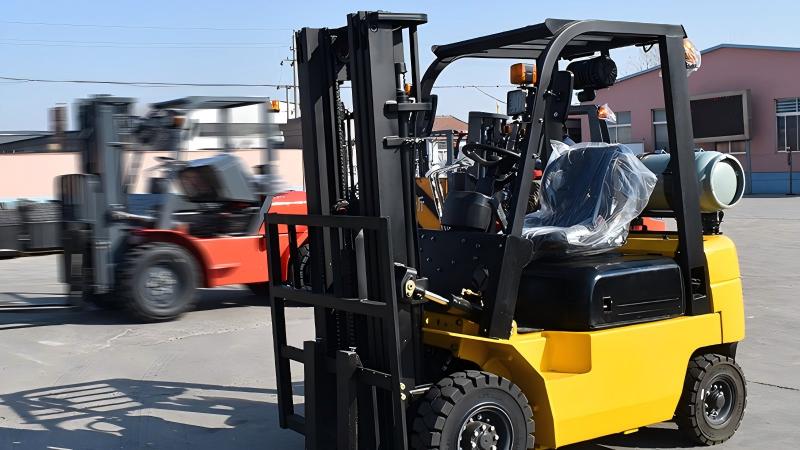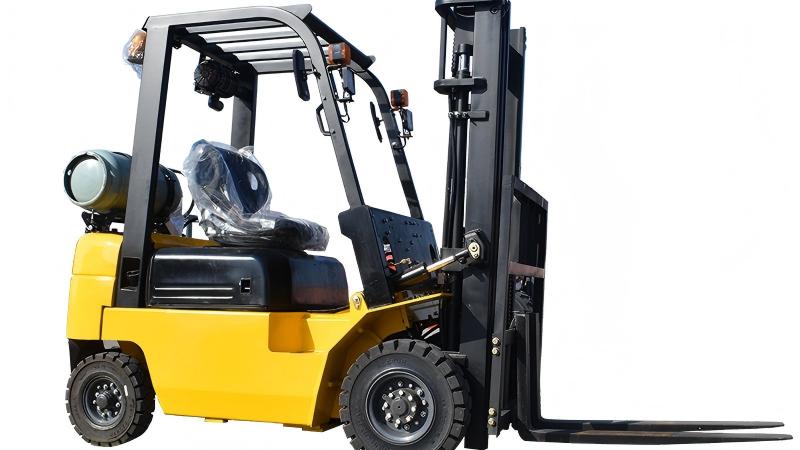The question of refilling an LPG (Liquefied Petroleum Gas) forklift tank seems straightforward, but the answer is nuanced, influenced by a dynamic matrix of economic, geographical, and operational factors. There is no single, universal price tag; instead, businesses must navigate a cost landscape defined primarily by the volatile nature of propane and regional market conditions. The global price of propane, much like diesel and gasoline, fluctuates based on crude oil prices, seasonal demand—such as increased heating needs in winter—and geopolitical events that can disrupt supply chains. This means the cost to refill a tank in January could be significantly different from the cost in July, even at the same location. Furthermore, geographical location plays a colossal role; areas with robust natural gas processing (a primary source of propane) typically enjoy lower prices, whereas remote or densely populated regions with higher transportation and taxes will see a marked increase in cost. A refill in an industrial heartland like Texas will invariably be less expensive than one in a remote part of Alaska or a high-tax state like California. Understanding this foundational volatility is the first step for any fleet manager seeking to accurately budget for their material handling operations, as the fuel cost is a recurring and significant line item in the total cost of ownership for LPG-powered forklifts.
Beyond the macro-economic factors, the specific physical and qualitative characteristics of the refill process itself introduce another layer of cost variation. The most obvious variable is the size of the LPG cylinder, typically measured in pounds, with common sizes being 33.5 lb and 43 lb. Naturally, refilling a larger 43 lb tank will cost more in absolute terms than a 33.5 lb tank, but the cost is best evaluated on a per-gallon or per-pound basis for accurate comparison. The method of procurement is another critical determinant. Companies can choose to refill their own exchangeable cylinders at a designated cage or station, often a quicker, more convenient option that may carry a slight premium. Alternatively, they can have a bulk tank installed on-site, which allows for refilling by a fuel supplier's truck. This bulk method often comes at a lower cost per gallon due to economies of scale but requires a higher initial investment in infrastructure and a commitment to a certain volume of fuel consumption. The purity of the fuel is also a seldom-discussed but important factor. Not all LPG is created equal; higher-quality, cleaner-burning propane formulated specifically for engine fuel may command a higher price than a standard grade, but it can lead to reduced engine wear, longer service intervals, and better overall performance, indirectly affecting long-term operating costs.
To translate these factors into tangible numbers, one must look at the prevailing rates. As of recent market analyses, the price of propane for forklift use in the United States can range anywhere from $2.50 to $5.00 or more per gallon, with significant regional disparities. Since LPG forklift cylinders are rated by water capacity (WC) in pounds but filled to 80% of that capacity to allow for vaporization, the actual fuel amount is calculated in gallons. A standard 33.5 lb cylinder, for instance, holds approximately 8 gallons of propane. Therefore, at a hypothetical price of $3.50 per gallon, a full refill would cost about $28.00. Similarly, a 43 lb tank holding roughly 10 gallons would cost around $35.00 for the same refill. These figures are purely for the fuel; they do not include potential additional charges such as cylinder rental or demurrage fees if cylinders are not exchanged in a timely manner, or delivery charges for bulk fuel orders. It is absolutely imperative for businesses to request a detailed breakdown from their fuel supplier to understand all line items on the invoice, as the base fuel cost is only one component of the total refill expense.
Ultimately, managing the cost of refilling LPG forklift tanks is an exercise in strategic procurement and operational insight rather than simply accepting a posted price. The most effective strategy for businesses with a large fleet is to negotiate a contract with a reputable fuel supplier. Locking in a price for a set period or agreeing to a price based on a published index can provide budget certainty and protect against short-term market spikes. For operations with sufficient space and capital, investing in an on-site bulk tank is almost invariably the most cost-effective long-term solution, slashing the per-gallon cost and ensuring a constant, convenient fuel supply. Furthermore, implementing robust fleet management practices, such as monitoring fuel consumption per forklift to identify inefficient machines and training operators on efficient driving techniques to reduce fuel waste, can significantly lower the overall fuel expenditure. Therefore, while the direct question "how much does it cost?" may not have a simple answer, a proactive approach to procurement and management can empower businesses to control this variable operating cost effectively, turning a simple refill into a strategic financial decision.
Post time:Oct.14.2025



